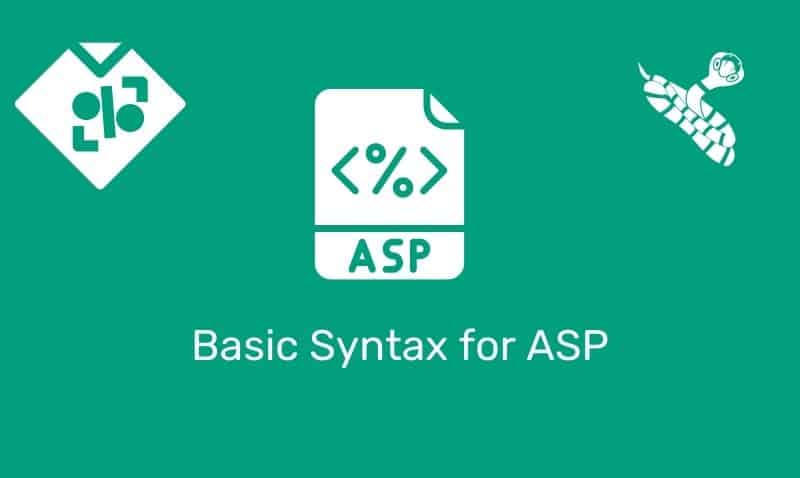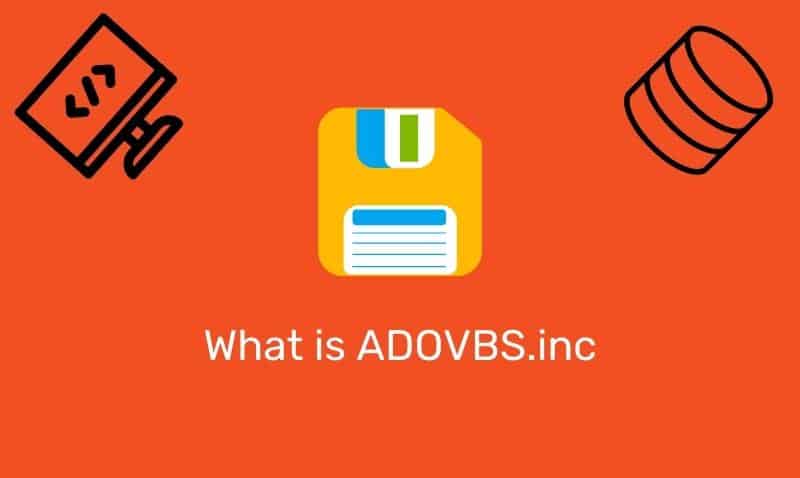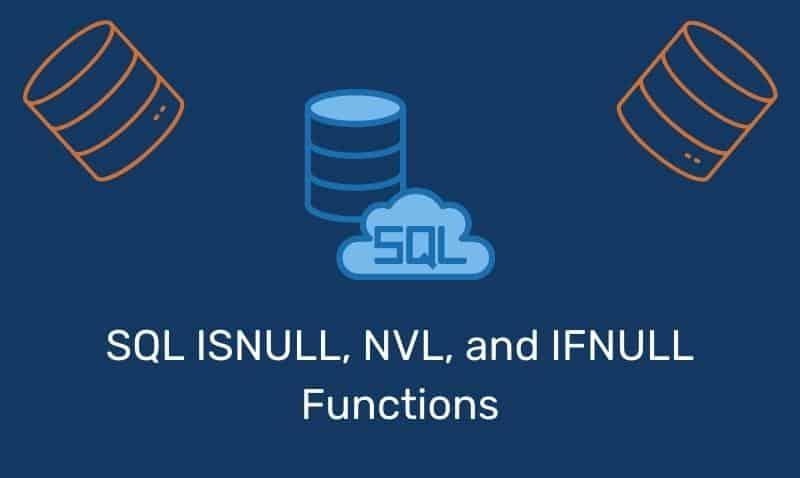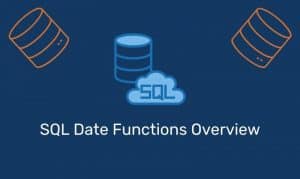The session layer is the fifth layer (layer 5) of the seven-layer OSI model. The session layer provides the mechanism for the opening, closing, and managing of sessions between applications. The sessions will consist of communication that occurs between end-user applications.
Session-layer services are commonly used in application environments that make use of RPCs (remote procedure calls). Protocols and services in the session layer interact with the Presentation layer above and the Transport layer below in the OSI model.
Example
Sessions are used to manage and keep track of connections between network nodes. A client application is used to access a server based application is an example that can be used to describe the use of sessions. A network client, such as Microsoft Outlook will need to communicate with a Microsoft Exchange Server to access a user mailbox.
For a user to download new messages from the mailbox, a connection must be established so that the download process can begin. While you are communicating with the mailbox server, you may be initiating different connections with other servers, using different client applications.
The session layer keeps track of which packets and data belong to which operation that you have initiated and keeps track of where those packets belong with respect to the application that called them.
Session Layer Protocols
Here is a list of some of the more common session layer protocols and interfaces:
- AppleTalk Session Protocol (ASP) – AppleTalk client-server communication
- NetBIOS – NetBIOS Names
- Network File System (NFS) – Unix file system access
- Remote Procedure Call (RPC) – Client-server communication mechanism
- Structured Query Language (SQL) – Local or remote database queries
- X Windows – Remote desktop sessions











